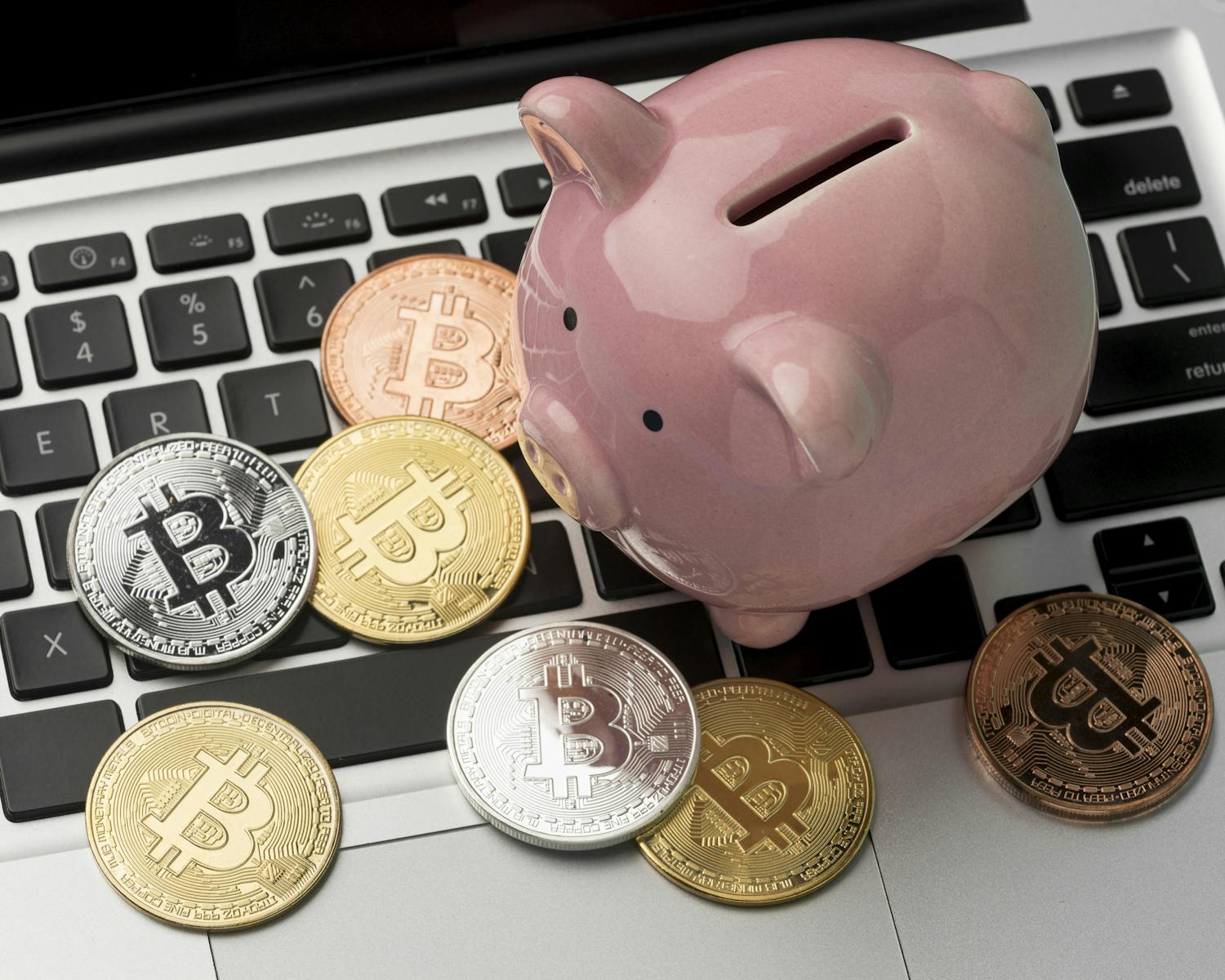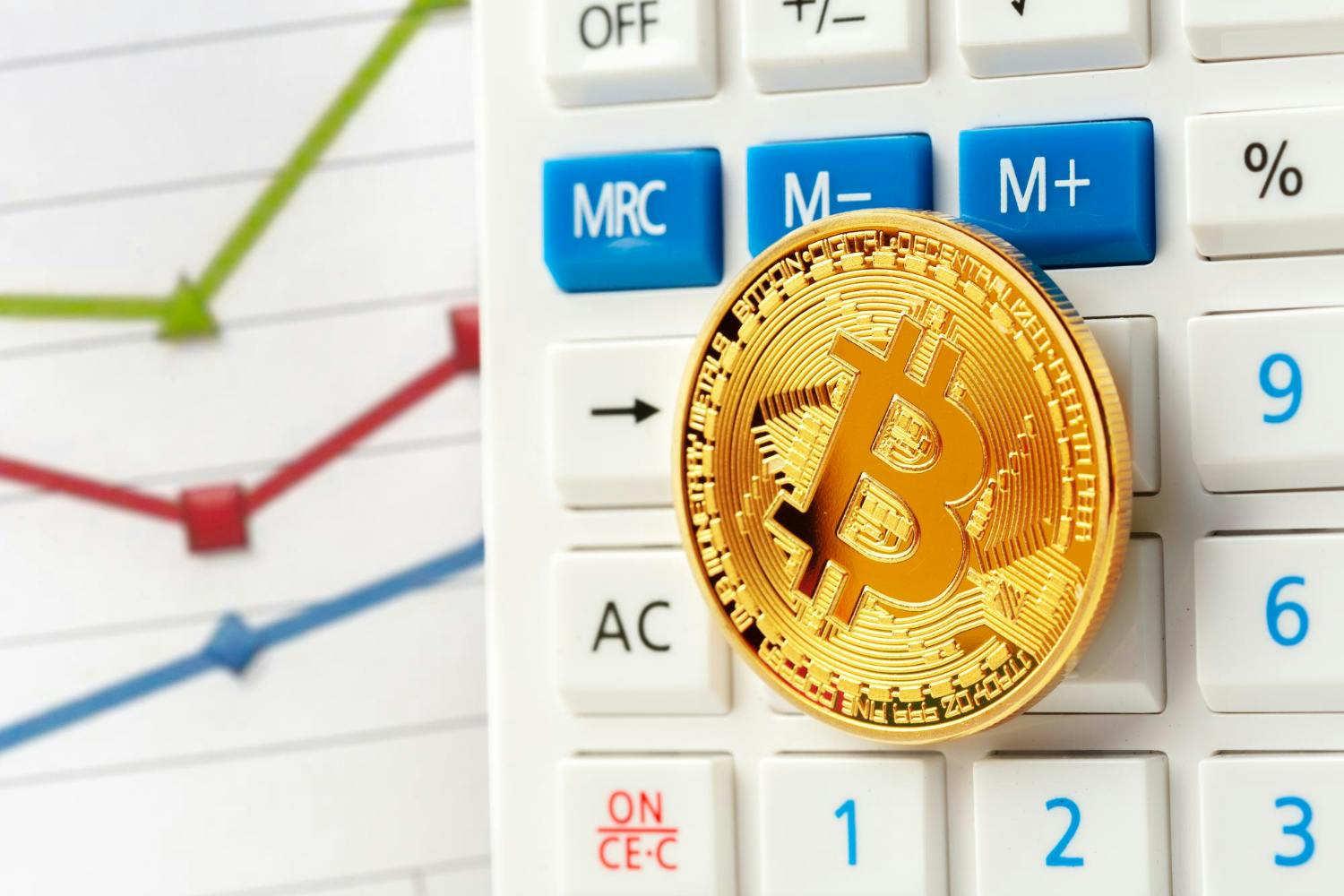The Rise of BTC Ordinals: Shaping the Future of Ownership
3rd Oct 2024

Table of Contents
Bitcoin Ordinals are a new way to own unique digital items using Bitcoin. Instead of just being a type of money, each tiny unit of Bitcoin—called a satoshi—can now hold special information, turning it into a collectible, much like how non-fungible tokens (NFTs) work on other platforms. This means you can create and trade one-of-a-kind digital art, music, or other assets directly on the Bitcoin network. By using Bitcoin's strong security and decentralized nature, Ordinals are opening up exciting possibilities for digital ownership. In this article, we'll break down what Bitcoin Ordinals are, how they work, and why they could change the way we think about owning things online.
1. Quick History Review
2008: A white paper titled Bitcoin: A Peer-to-Peer Electronic Cash System was published by an unknown person or persons going by the name Satoshi Nakamoto.
2009: Bitcoin was created, becoming the first truly decentralized cryptocurrency.
Source: The History of Bitcoin
Cryptocurrencies - is a digital or virtual currency secured by cryptography, which makes it nearly impossible to counterfeit or double-spend. Most cryptocurrencies exist on decentralized networks using blockchain technology.
Blockchain Technology - a distributed ledger enforced by a disparate network of computers.
Source: Cryptocurrency Explained With Pros and Cons for Investment
Nodes - a computer that is part of a blockchain network. It maintains the latest record of transactions and ensures that all participants adhere to the network's rules.
Source: What is a node in cryptocurrency?
Block - are files stored by a blockchain, where transaction data are permanently recorded.
Source: What Is a Block in the Crypto Blockchain, and How Does It Work?
As more transactions were occurring, it created longer waiting times for users and higher fees as users would pay more to have their transactions prioritized. Bitcoin blocks are created about every 10 minutes and used to be constrained to a maximum size of one megabyte (MB). Due to this constraint, only a limited number of transactions could be added to a block.
2017: SegregatedWitness (SegWit) upgrade - The SegWit protocol divides the transaction into two segments. The unlocking signature (the "witness" data) is removed from the original portion, but it remains a part of the blockchain as a separate structure at the end. The original portion holds the sender and receiver data, while the separate structure at the end (the "witness" structure) contains scripts and signatures.
As a result of this segregation of data, more space is created, and more transactions can be added to the blockchain.
2021: Taproot upgrade - The Taproot implementation enabled signature aggregation. In simpler terms, this meant multiple signatures could be batched together and validated. The benefit for multi-sig transactions—or transactions that require signoffs from multiple parties—was even more pronounced since the upgrade condensed transactions containing many inputs, such as those from multiple addresses on Bitcoin's network, into a single one.
2. 2023 Bitcoin Ordinals: The Evolution
Since its invention, Bitcoin holders cannot use the protocol for artistic expression and ownership as it’s main purpose when it was created was to be a digital payments system, in contrast to projects like Etherium and Solana. However, the Bitcoin Ordinal upgrade introduces a way to enable this feature.
Bitcoin Ordinals are assets that have had data inscribed (written to) on individual satoshis on the Bitcoin blockchain. Every satoshi is given a serial number based on the order in which it was mined. These numbers are called ordinals, and they help the blockchain keep track of where every satoshi is and who owns it.
By attaching the data from an asset to a satoshi, the Ordinal protocol makes it possible to create unique and scarce digital assets, similar to non-fungible tokens (NFTs), that benefit from the security and decentralization of Bitcoin’s blockchain. The Bitcoin mainnet Ordinals software was released in January 2023.
So why not just use NFTs? To answer that, we need to understand the difference between Bitcoin Ordinals and NFTs.

Source:
Bitcoin Ordinal NFT: Everything You Need to Know
What are Bitcoin Ordinals? Bitcoin NFTs Explained (learncrypto.com)
The differences mainly come from the way the art/ownership is linked to the underlying token. For NFTs, the data of the art/ownership is stored off-chain, linked by a smart contract. Meaning, the art data (metadata) itself is not stored within the protocol of the underlying token but is only linked to a smart contract. Bitcoin Ordinals, however, store the data of the art/ownership directly on-chain, inscribing the information onto individual satoshis, meaning the data is fully embedded within the Bitcoin blockchain itself without relying on external links or smart contracts. All other differences mentioned above are the results of this distinction.



